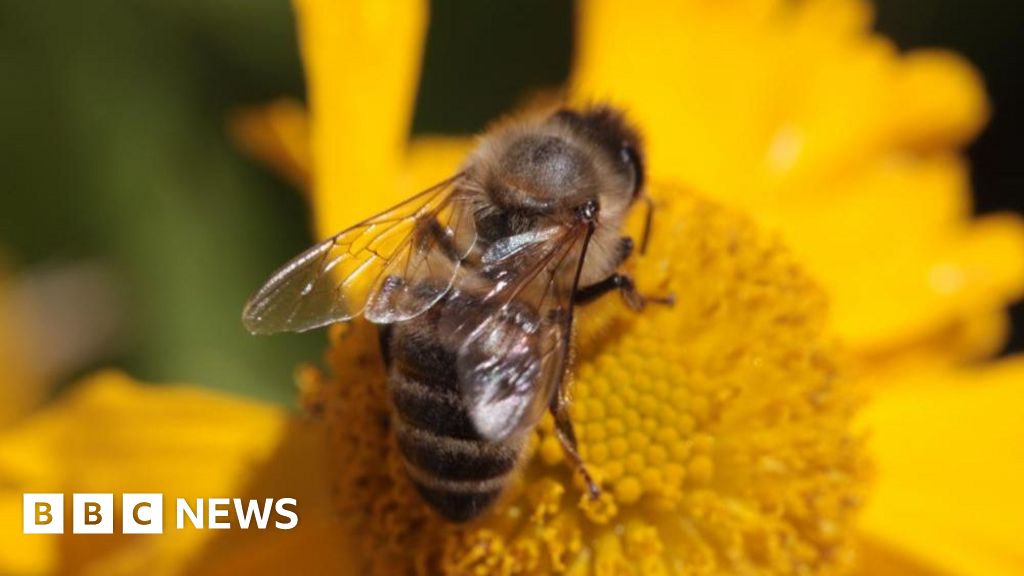Plankton may be tiny, but they play an important role in the ocean. As the foundation of marine ecosystems, they support ocean food webs and help regulate Earth’s climate by storing carbon. While lab studies have shown plankton can adjust their chemistry in response to environmental changes, a new global study reveals how these adaptations occur in the real ocean. The study will be published on May 23, 2025, in the journal Science Advances.
Center for Marine Environmental Sciences at the University of Bremen and the Woods Hole Oceanographic Institution (WHOI), reanalyzed massive datasets of large-scale distributions of plankton-derived lipids in the ocean, which were initially published by WHOI in 2022. “This study shows the value of open science,” says first author Dr. Weimin Liu from MARUM. “Using new methods on open-access data, we uncovered previously hidden patterns of plankton adaptation.”
The datasets, totaling over 200 GB of mass spectrometry data, include lipid profiles—key components of cell membranes—from 930 samples collected across the Atlantic, Pacific, and Arctic oceans, at depths from the surface down to 400 meters. Unlike traditional approaches that focus only on known molecules, this study also included unknown lipids using network analysis, letting the data speak for themselves. This approach allowed a more comprehensive and less biased view of lipid diversity in marine plankton.
The analysis showed that plankton lipid profiles are closely linked to their environment. The numerically highest lipid diversity was found in cold polar and subpolar oceans, where plankton use a wider range of strategies—such as shortening fatty acid chains—to keep their cell membranes fluid. In warmer open oceans, the team observed shifts in lipid distribution that likely reflect adaptations to low nutrient availability. In the deeper waters of these regions, plankton increased the production of unsaturated fatty acids, a strategy that may reflect a response to low light conditions.
“These changes in lipids reveal how plankton communities adapt to their surroundings,” says Dr. Liu. “Since plankton, especially phytoplankton, form the base of ocean ecosystems, their responses can ripple through the entire marine food web and lead to far-reaching, sometimes unexpected, consequences.”
This research demonstrates how combining environmental lipidomics with data science can uncover the mechanisms behind plankton adaptation—offering new insight into how marine ecosystems function. The research is benefited from the establishment of cheminformatics expertise within the Cluster of Excellence “The Ocean Floor—Earth’s Uncharted Interface” based at MARUM.
More information:
Unraveling plankton adaptation in global oceans through the untargeted analysis of lipidomes, Science Advances (2025). DOI: 10.1126/sciadv.ads4605
Provided by
MARUM – Center for Marine Environmental Sciences, University of Bremen
Citation:
Plankton adapt cell membrane chemistry to temperature, nutrients, and light in global oceans (2025, May 23)
retrieved 23 May 2025
from
This document is subject to copyright. Apart from any fair dealing for the purpose of private study or research, no
part may be reproduced without the written permission. The content is provided for information purposes only.


















